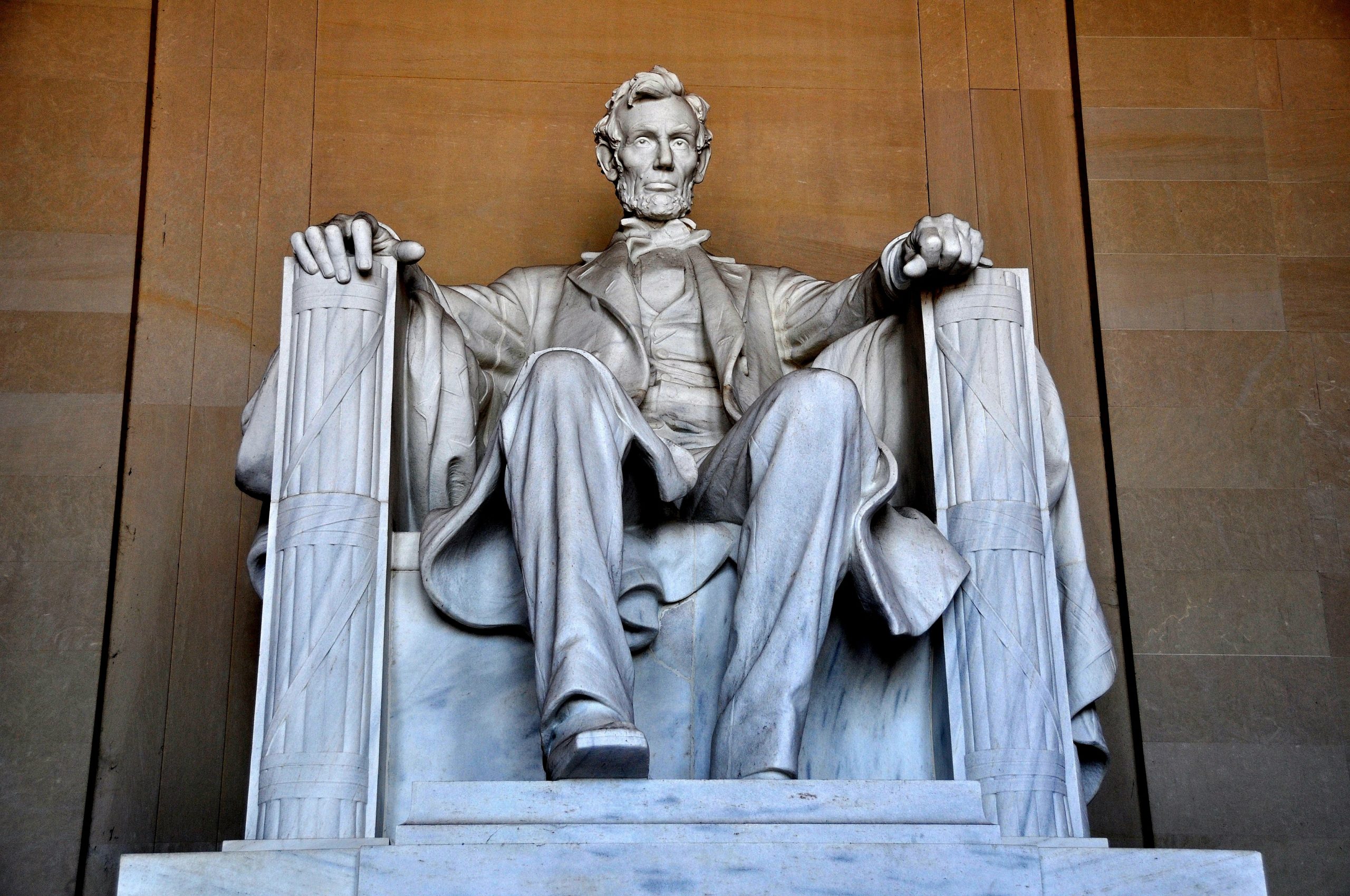
RECOMMENDED READING
In the 1972 presidential campaign, Richard Nixon’s leading theme was “law and order.” Traumatized by urban riots, student protests, and the first wave of what would be a historic increase in crime, voters handed him a historic victory. Nixon won 49 states and 60 percent of the popular vote.
In early June, not a few commentators thought the protests triggered by the death of George Floyd at the hand of Minneapolis police would create a similar dynamic in favor of Donald Trump.
Certainly there are some outraged by the lawlessness manifest in the looting during many protests in late May and early June. They see the toppled statues and vandalized public buildings as assaults on our civic culture. The ongoing nightly clashes with police in places like Portland and Seattle are troubling. But polling suggests that there is no generalized concern. Gallup released results this week showing that 65% of American adults support the protests.
What gives? Why are comfortable suburbanites in Portland and Seattle (and many other places) nonplussed by calls to defund police? Why are they unmoved by video footage of masked people in black outfits hurling rocks at police officers?
One answer: Those people are mostly white. They’re overwhelmed by racial guilt, and this dominates their judgment of recent events.
Perhaps, but I’d like to suggest some other explanations.
The demonstration organizers and radical groups have exercised discipline. The protests in Portland and other places are staged in city centers. Dominated by office buildings, retail, bars, and restaurants, these parts of town were de-populated by the lockdowns before the protests began. They still remain remote in the imagination of prosperous suburbanites, not because people are avoiding violent protests, but because very few white-collar workers have returned to their offices.
Moreover, in progressive cities like Portland, the central business districts to a significant degree have been given over to large homeless populations. They dominate the street scene. City residents are thus habituated to accept dysfunction. The battles with police are perhaps extreme, but they operate on a continuum of tolerated lawlessness familiar to respectable folks in the region.
Also, public attitudes toward property crime are changing, especially when weighed against the possibility that someone might be killed. I’m fairly certain that one looter killed by police would have enflamed public opinion, while billions of dollars in property damage has had little effect. This does not sideline the “law and order” motif, but it reshapes its meaning, which is why many see the deployment of federal law enforcement in Portland as “lawless” because it is more likely to lead to lethal encounters.
To these explanations, I’ll add a broad generalization about American society, one that elaborates on the much-observed chasm separating the winners in our globalized economy from the losers. Put simply: the winners are the party of de-regulation, while the losers are its victims.
Economic openness has been a leitmotif of neoliberalism for a generation. It urges a fluid system that allows capital, goods, and labor to flow freely. Its watchwords are creativity, innovation, initiative, and entrepreneurship. The kinds of people who succeed in this system are agile and adaptable. Where others seek daunting risk, they see new opportunity.
The successful are not just comfortable with flux, change, and uncertainty; they encourage and cultivate it. Their ideal is a start-up, not lifetime employment as a middle manager at AT&T who lives in the same Long Island suburb for 40 years.
What is little noticed is that the class that prefers an open economy also likes an “open culture.” Elite leadership has pressed us in this direction for decades, loosening up a great deal of the old bourgeois script for life. John Stuart Mill gave a succinct expression to this preference. People of great talent, he opined, require the moral and cultural freedom to undertake “experiments in living.”
At present, therefore, we have a substantial class of people (not just the successful upper-middle class but the eco-system of services and sentiment that surrounds them, epitomized by university towns) well adapted to fluidity and uncertainty, not just in economic life, but in social life, too. They smile at the notion of creative destruction. They apply this concept to culture as well as economics. This helps explain their tolerance for social disorder in the streets of Portland and elsewhere.
The vast majority of voters who handed Nixon his landslide victory lived through the Great Depression and World War II. They coveted stability—social security—not flux and new opportunities. Not surprisingly, they reacted with horror to the disorder of the late 60s and early 70s.
Our society has changed a great deal, at least in the top third, which formulates (and thus dominates) public opinion. This cohort prefers flux, not stability. We are living in a time of severe political turmoil because this preference has not worked out well for native-born, working-class Americans. For them, the last 30 years may not have been a Great Depression or a world war, but it has been a sad, demoralizing time. For them, the creative destruction of recent decades has been mostly destruction of well-paying jobs and stable families, and very little in the way of creation.
The rise of populism (a vague but inescapable phrase) can be interpreted as a call for restored stability—cultural as well as economic. If so, then the law and order motif is likely to resonate, not among prosperous suburbanites as it did in Nixon’s time, but among those in more precarious circumstances. This will heighten the leading paradox of our time, which has the richest and most powerful elements of our society aligned with progressive destruction of the status quo, and the most vulnerable voting for its preservation.
Recommended Reading
American Nihilism
Over the last two months protests and Twitter mobs have called for the cancellation of a great deal of America’s heritage, and in many instances civic leaders have cooperated. Daniel Mahoney describes it as a reckless and nihilistic “assault on the nation’s cultural and political patrimony.”
The Shy Trump Voter
A new poll of Michigan voters by Robert Calahy’s Trafalgar Group indicates a tight race. What explains the other polls that show Biden ahead by a wide margin? Calahy points to “social desirability bias.” Put simply, people don’t want to admit to socially stigmatized views, and thus won’t admit they are willing to vote for Trump. Calahy thinks this effect is greater today than it was in 2016.
L’Affaire GameStop
The stampede into GameStop and other stocks was a political event. Like antifa assaults on government building and the mob assault on the White House, the investment strategy hatched on Read more…













